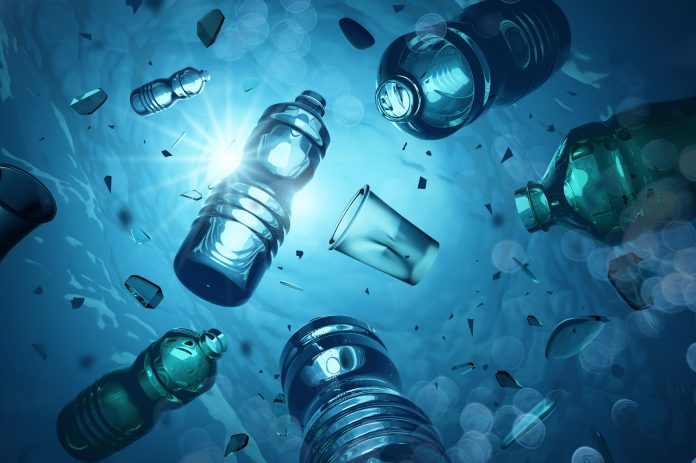
The beach is a place for fun and relaxation. Watching the waves is a mesmerizing pass time. The next time you are there, you may wish to keep these facts in mind about plastic waste:
- There are 5.25 trillion pieces of plastic waste estimated to be in our oceans.
- 269,000 tons float, 4 billion microfibers per km dwell below the surface.
- Plastic has accumulated in huge quantities throughout the ocean – even in deep-sea areas previously thought to be untouched by humans.
From Single Use to Reuse
Thankfully, there are organizations diligently working to do something about it. One of those is From Single Use to Reuse, an initiative of the American Chemistry Council’s Plastics Division and its members. According to their website they are a collaborative effort of industry innovators, primarily America’s plastic makers, seeking to end plastic waste. Their main goal is making 100% of plastic packaging in the U.S. either recyclable or recoverable by 2030. And they would like to see plastic packaging waste completely eliminated by 2040.
To accomplish this, a completely new recycling infrastructure must be implemented. The system currently in place issn’t designed to handle our current waste stream. This new system would be critical in creating what they call a circular economy. A circular economy is one that eliminates plastic waste by making a new range of products from the widest range of plastics. As the system stands now, not all plastics are recyclable. One of the hurdles for From Single Use to Reuse is changing that.
Another enemy of plastic waste
Another major force in the fight against plastic waste in our oceans is the Department of Energy (DOE). They have created The Plastics Innovation Challenge. This is a comprehensive program aimed at accelerating innovations that will dramatically reduce plastic waste in oceans and landfills. They are hoping to make the United States a global leader in advanced plastics recycling technology, making all plastics recyclable and reusable.
This challenge has five goals:
- Develop collection technologies to prevent plastics from entering waterways or facilitate its removal
- Develop biological and chemical methods for deconstructing plastic wastes into useful chemicals
- Develop technologies to upcycle waste chemical streams into higher value products, encouraging increased recycling
- Develop new plastics that are recyclable by design and can be scaled for domestic manufacturability
- Support a domestic plastics upcycling supply chain by helping companies scale and deploy new technologies in domestic and global markets
It may have been overshadowed by COVID news, but in March of this year the DOE announced $25 million is being offered for the challenge.
The good and the bad
It’s exciting seeing steps being taken to make America a leader in reducing and even eliminating plastic waste, but it is worth remembering that America isn’t even in the top ten of contributors to the world’s plastic waste in the oceans. Of those top ten, the top two account for an amazing ⅓ of all the plastic waste in the oceans.
The top ten starting with the worst:
- China
- Indonesia
- Philippines
- Vietnam
- Sri Lanka
- Thailand
- Egypt
- Malaysia
- Nigeria
- Bangladesh
That is a top ten list it’s a good thing not to be a part of. But here is one the United States needs to work up to – The top five countries that recycle the most. Starting with the best:
- Germany
- Austria
- South Korea
- Wales
- Switzerland
As of the latest reports, Germany is recycling around 56% of their waste. America comes in recycling about 35%. It is time to work with organizations like From Single Use to Reuse and the DOE so we can make it to the top of the best recyclers list.
To learn more about our oceans click here, and to learn more about plastics in our daily lives click here.














